Thinking About Copper Hair? Here’s the Real Talk You Need First
Over my years as a colorist, I’ve watched countless hair color trends pop up and then fade away. But copper is just… different. It’s more than a fleeting style; it’s a whole vibe. It has a kind of warmth and energy that most other shades just can’t touch. I’ll never forget one of my first big color correction projects. A client came in with a splotchy, uneven mess of pink and orange from a DIY job gone wrong. It took hours of careful, precise work to bring her hair back to a vibrant, believable copper, but that look on her face when she saw the final result? That’s exactly why I fell in love with this craft.
In this article
But let’s be real. Copper is not a low-maintenance color. It demands respect for the science of hair and a solid game plan for both achieving it and keeping it looking fresh. So, this isn’t going to be one of those posts with just pretty photos and vague tips. This is the down-to-earth, technical guide on what it really takes to get a gorgeous copper that actually lasts. I want to pull back the curtain and share what I’ve learned from thousands of hours behind the chair.
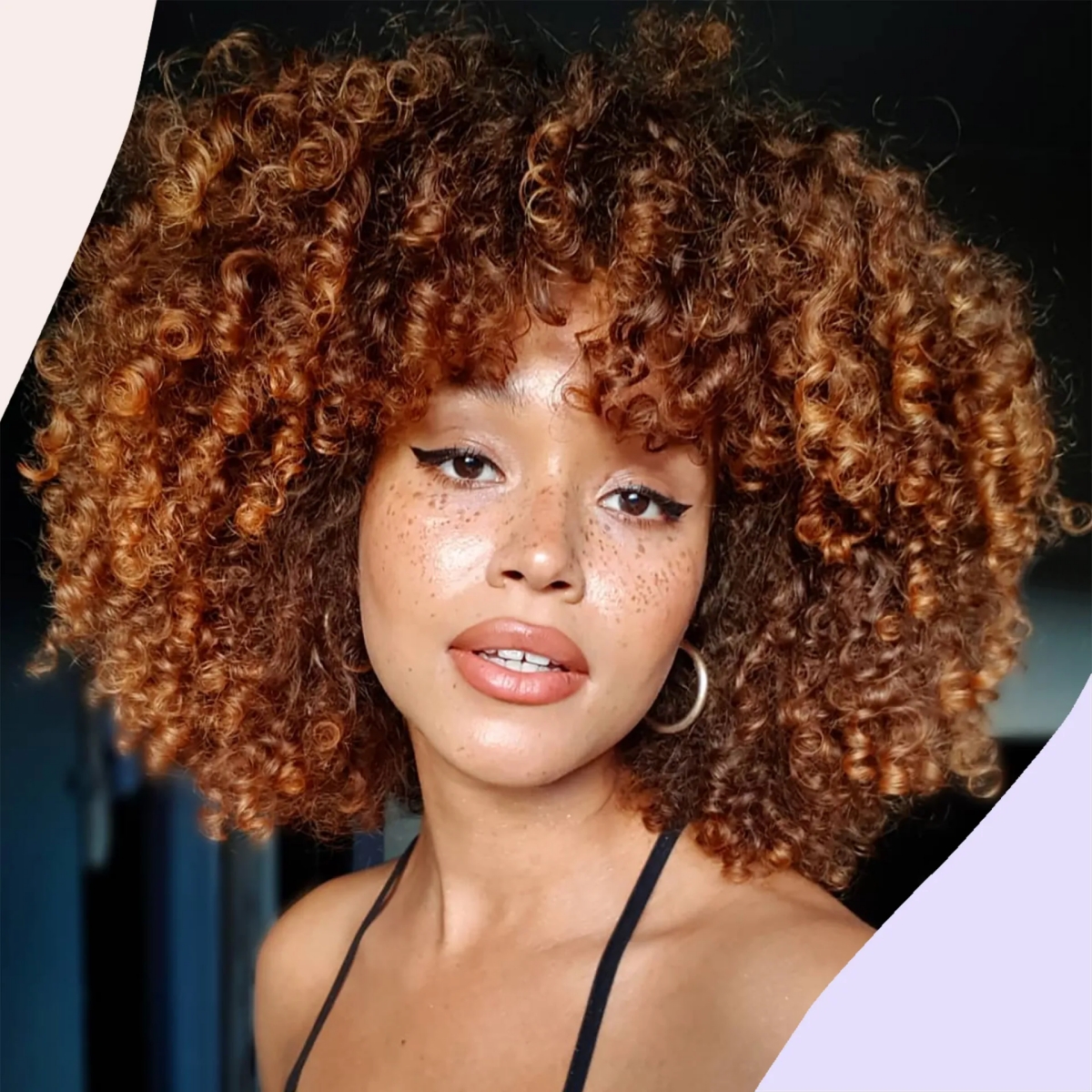
Let’s Geek Out: The Science of a Perfect Copper
To create a stable, stunning copper, you have to understand the canvas you’re working on—the hair itself. We’re not just slapping a color on top; we’re causing a chemical change inside the hair strand. Honestly, knowing the science is what separates a fantastic result from a fast-fading disappointment.
Your Hair is a Canvas
Every head of hair is unique, but it all has the same basic structure. For coloring, we’re focused on two key parts:
- The Cuticle: Think of this as the protective outer layer of your hair, like tiny shingles on a roof. On healthy hair, these shingles lie flat and smooth, which holds in moisture and color. To get color in, we have to use products that gently lift those shingles. This is also why over-processed hair feels rough and struggles to hold color—the shingles are damaged and permanently stuck open.
- The Cortex: This is the inner core where all the magic happens. It holds the protein that gives hair its strength and, crucially, the natural pigments that determine your hair color.
Your natural color comes from two types of melanin: a dark pigment (black/brown) and a warm pigment (red/yellow). When we lighten hair, the dark pigment breaks down first, revealing all that underlying warmth. This is why dark hair turns red, then orange, and finally yellow as it gets lighter. A great colorist doesn’t fight this underlying warmth; we use it! It’s the foundation for our copper formula. A classic mistake is putting a copper toner on hair that’s been lifted too light (to a pale yellow). Without that essential orange base, you end up with a hollow, often pinkish shade instead of a rich copper.
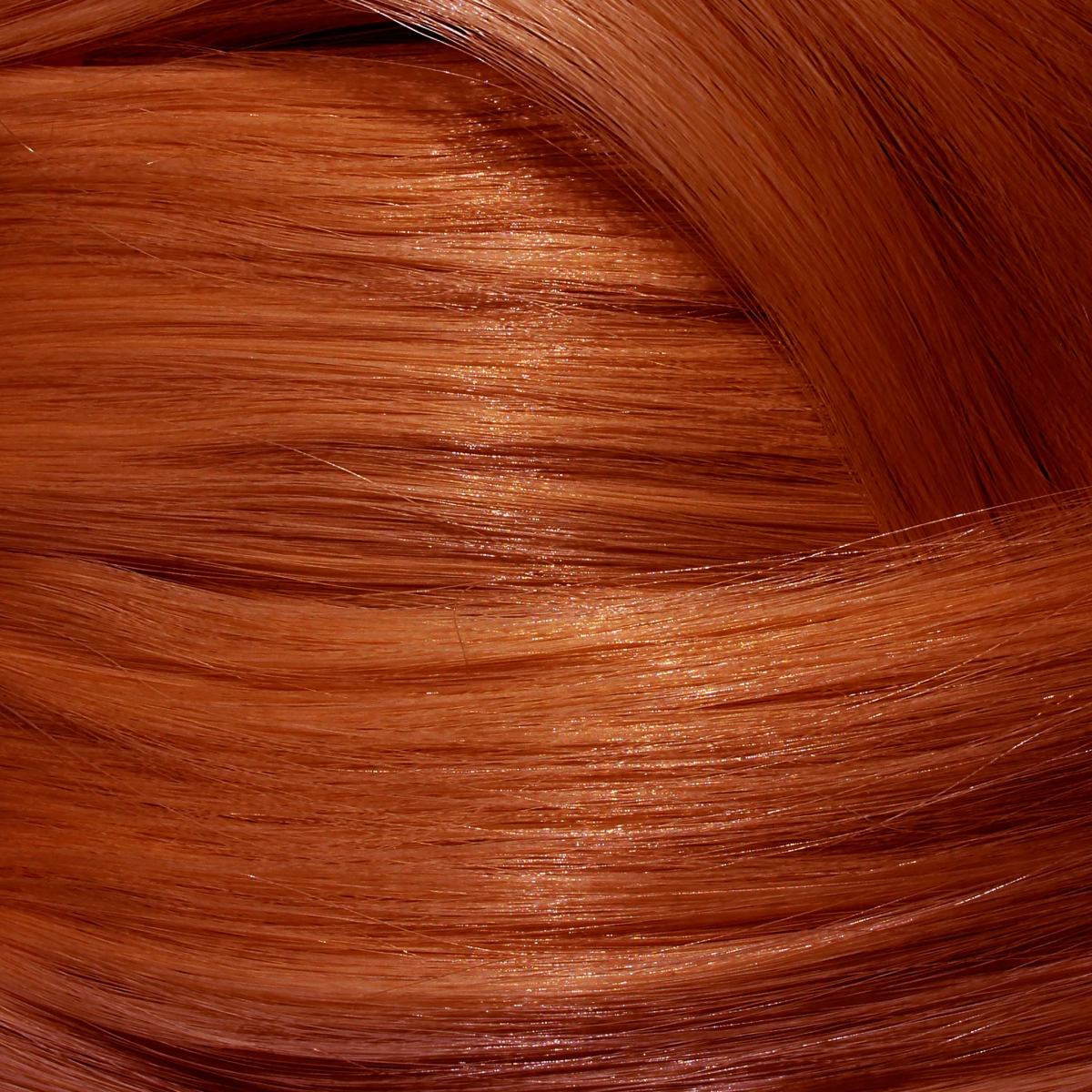
Can You Get Copper Hair Without Bleach?
This is probably the number one question I get asked, and the answer is… maybe! It completely depends on your starting point.
If you have virgin hair (meaning it’s never been colored before), then yes, it’s often possible. We can use something called a high-lift color. It’s a special type of permanent dye that lifts out your natural pigment and deposits the new copper color all in one step. It’s a fantastic option for going copper without a separate bleaching process.
However, if your hair has any previous artificial color on it—even a semi-permanent gloss from six months ago—you can’t use high-lift color. A fundamental rule in cosmetology is that color can’t lift color. In this case, we have to use a lightener (bleach) or a color remover first to create a clean slate before we can apply the copper tone. Trying to put a copper dye over old brown box dye will just give you a slightly reddish-brown, not the vibrant copper you’re picturing.

The Different Flavors of Copper
The color wheel is a stylist’s best friend. We don’t just grab a tube labeled “copper”; we custom-mix a formula based on the exact shade you want. Copper lives in the orange family, but the specific balance of red and yellow determines the final look. Instead of a rigid chart, think of it like this:
- Soft Strawberry Blonde: This is the most delicate version of copper. It’s really a light blonde with just a hint of red-orange. To achieve this, your hair needs to be lifted to a very light level, around a Level 8 or 9 (think golden yellow), to serve as the base. Maintenance is high because it’s so light.
- Natural, Gingery Copper: This is that classic, believable red-orange. It looks best when the hair is lifted to a Level 7, which has a natural orange undertone. We build right on top of that foundation, often adding some extra gold tones to keep it bright and natural.
- Deep, Fiery Copper-Red: This is the showstopper. It has a much stronger red component in the formula. It can be created on a darker base, like a Level 6 or 7, and is all about packing in as much vibrant red pigment as possible. It’s stunning but also fades the fastest due to the size of red color molecules.
Oh yeah, about that fading… red color molecules are physically larger than other color molecules. Because they’re so big, they don’t wedge themselves as deeply into the hair’s cortex. So when you wash your hair, especially with hot water, the cuticle lifts and those big molecules are the first ones to slip out. It’s not a myth, it’s just physics!

My In-Salon Process for Flawless Copper
Getting an even, rich copper isn’t a quick job. It requires precision and a clear plan. Here’s a peek at the non-negotiables for every single one of my copper clients.
First, We Talk. For Real.
A great color service always starts with a 15-minute chat. I need to know your hair’s entire life story. Box dye two years ago? A keratin treatment last fall? Henna? You have to be 100% honest here.
Quick tip: Henna can be a colorist’s nightmare. Some henna products contain metallic salts that can have a disastrous chemical reaction with professional lighteners, sometimes causing the hair to heat up uncontrollably and even melt. I once had a client who swore she hadn’t used it, but the second the lightener touched her ends, we could feel the heat. We had to do an emergency rinse to save her hair from breaking off. So please, always tell your stylist everything!

I also check your hair’s porosity (how well it absorbs and holds moisture) and ask about your lifestyle. Do you swim in chlorine? Wash your hair daily? This helps me create a realistic plan for you.
Formulation, Application, and The Gloss
Next, I mix your custom formula. For someone with medium brown virgin hair, I might use a permanent color with a 20-volume developer to gently lift it a couple of levels while depositing a copper-gold tone. I always apply color to the mid-lengths first, then the ends, and finally the roots. Your scalp gives off heat, which makes color process faster, so applying it there last prevents those dreaded “hot roots” (when your roots are way brighter than the rest of your hair).
After processing, rinsing, and conditioning, I always, ALWAYS finish with a gloss. A gloss is a quick demi-permanent color service that adds another layer of pigment, seals the cuticle shut, and gives an insane amount of shine. This one step can easily add two extra weeks of vibrancy to your copper. Don’t skip it!

Living the Copper Life: Your At-Home Game Plan
What you do at home is just as important as what I do in the salon. This is a partnership! Being realistic about the time and cost is key to loving your new hair.
The Budget Breakdown
Let’s talk money, because it’s important. An initial copper transformation, especially from dark or previously colored hair, is a major service. Depending on your hair’s history, the length of the appointment (often 3-4 hours), and where you live, you should budget anywhere from $300 to over $600.
And then there’s upkeep. To keep your copper from looking faded and sad, you’ll need to come back for a root touch-up and a fresh gloss every 4 to 6 weeks. This maintenance appointment is usually much quicker and more affordable, typically running between $100 and $200.
Your Must-Have Maintenance Kit
To protect that investment, you need the right tools. Here’s your shopping list:
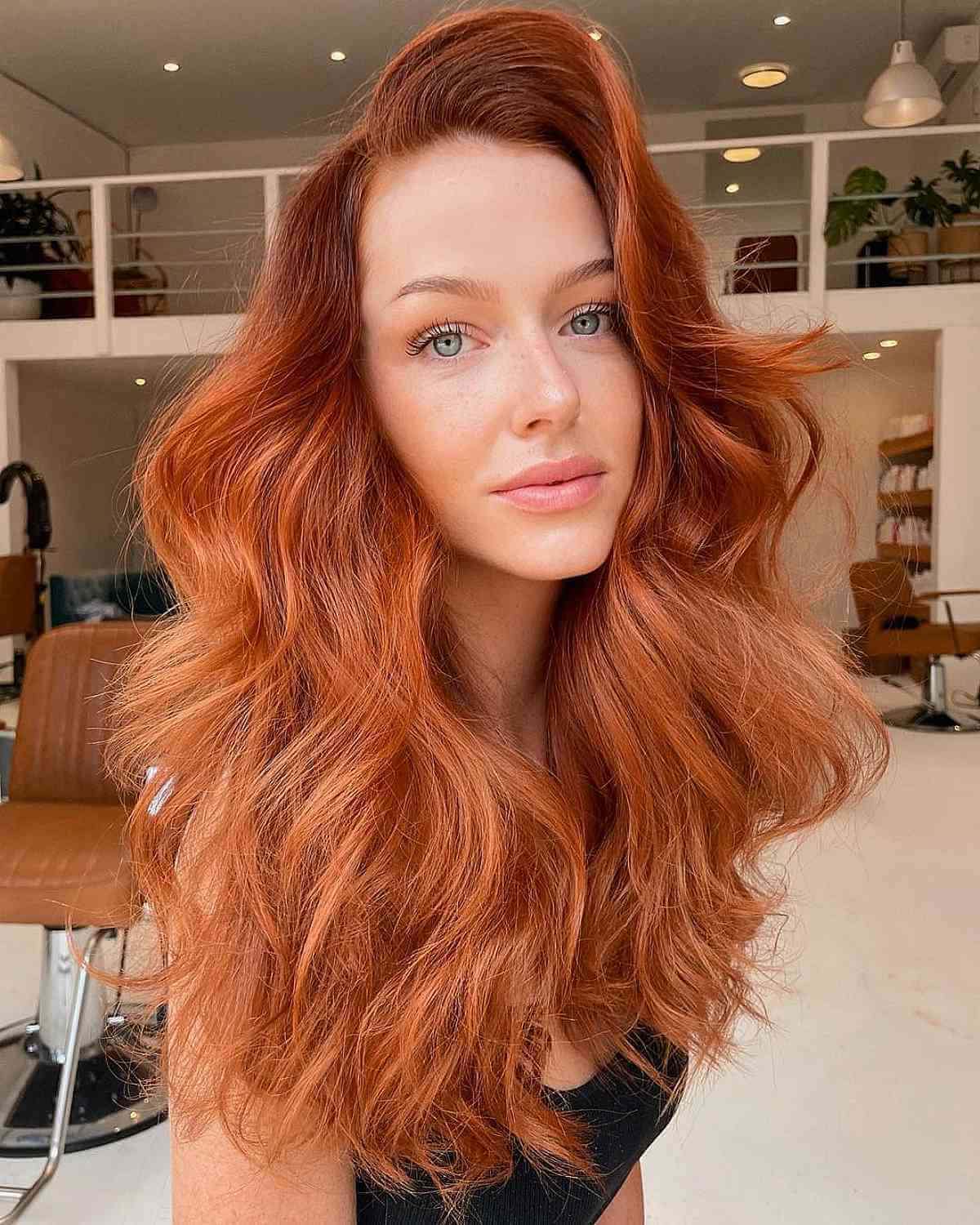
- A Sulfate-Free, Color-Safe Shampoo: Sulfates are strong detergents that will literally strip the color right out of your hair. This is non-negotiable.
- A Color-Depositing Conditioner: This is the ultimate secret weapon for redheads. Products like the Keracolor Clenditioner in Copper or the Moroccanoil Color Depositing Mask in Copper are amazing. Using one of these once a week puts a little bit of pigment back into your hair, fighting the fade between appointments. They range from about $22 to $35 and are worth every penny.
- A Heat Protectant Spray: If you use a flat iron or curling wand, you absolutely must use this first. High heat is one of the fastest ways to kill your color.
- A UV Protectant: Sun is like a gentle bleach for your hair. A leave-in conditioner with UV protection acts like sunscreen, and it’s especially important if you live somewhere sunny.
A Few Quick Troubleshooting Tips
“Help! My copper looks dull and kinda brownish!”
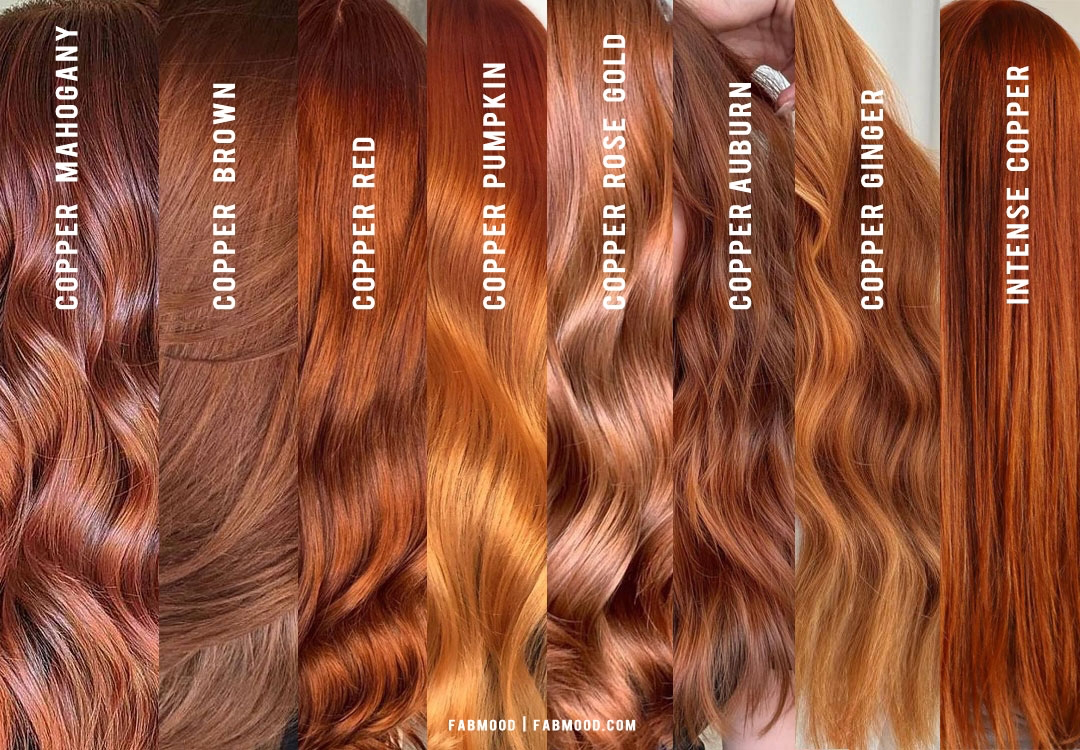
You probably have hard water. Minerals like iron and calcium can build up on your hair, creating a film that dulls your color. Grab a good clarifying shampoo (like the one from Ouai or Kristin Ess) and use it once every two weeks to remove that buildup. Your shine will come right back.
“My ends look way darker and muddier than my roots!”
This is a porosity issue. Damaged ends soak up color like a sponge. This is something a professional needs to fix, usually by using a gentler formula on the ends or applying a porosity-evening treatment before coloring. This is a huge reason why DIY root touch-ups often go wrong.
Ultimately, getting and keeping beautiful copper hair is a commitment, but it’s one that’s so worth it. Trust the process, invest in the right aftercare, and work with a stylist you trust. Your hair will thank you for it!
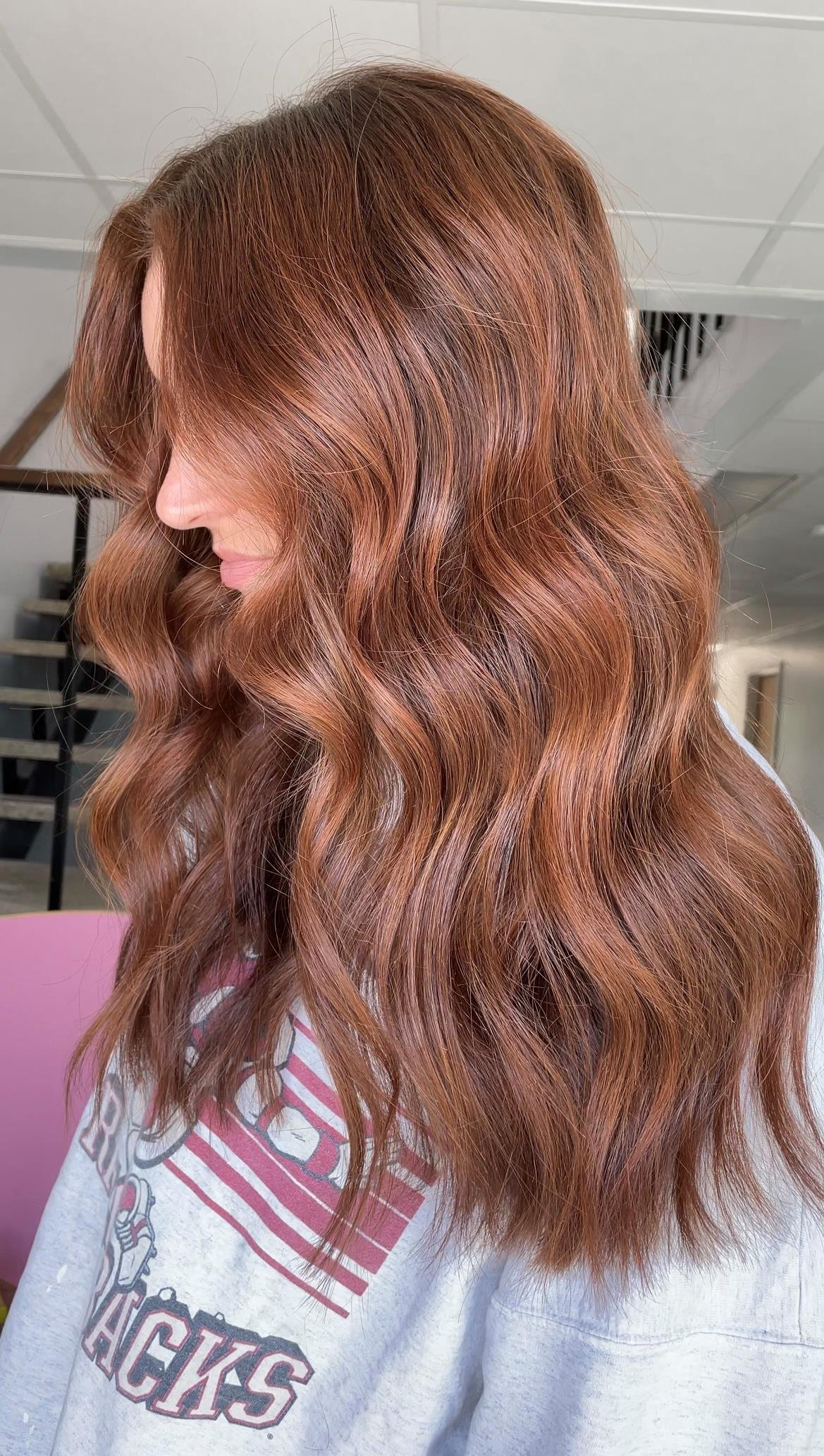
Galerie d’inspiration

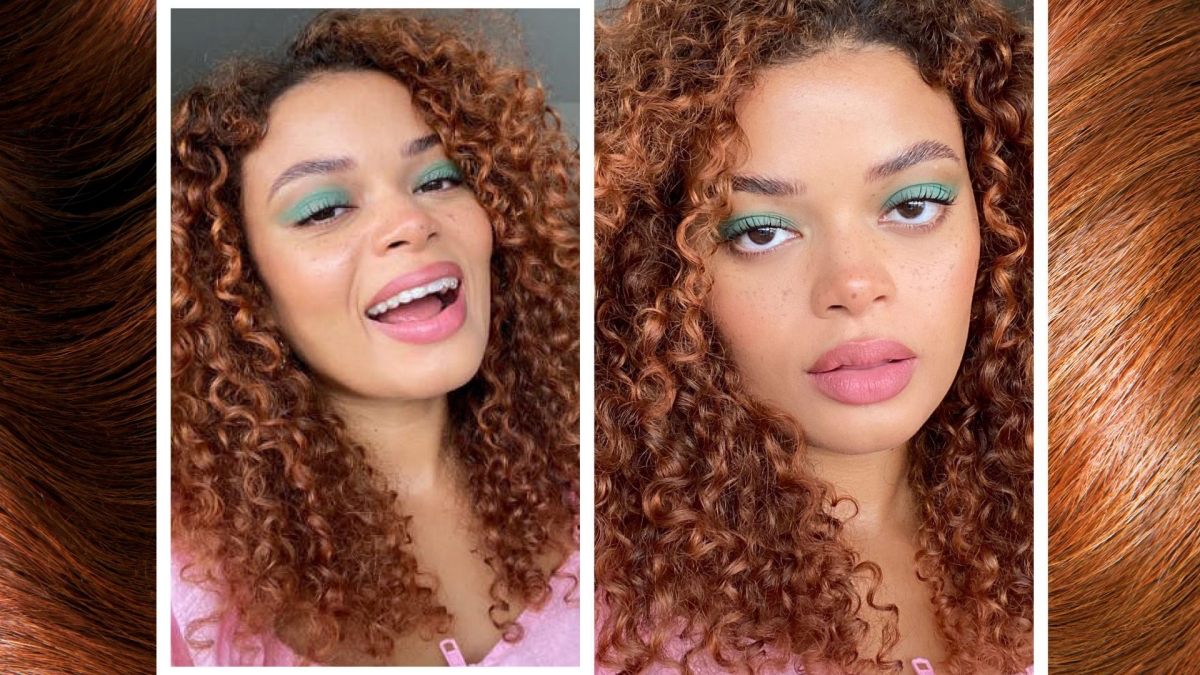
The red dye molecule is one of the largest color molecules, which means it has a harder time penetrating deep into the hair’s cortex.
This is why copper is infamous for its rapid fading. The larger molecules can’t anchor themselves as securely as smaller brown or black pigment molecules, so they wash out more easily. This isn’t a failure of the product, but a reality of physics! Embracing this means planning for regular gloss treatments or using color-depositing conditioners to keep the vibrancy alive. Think of it not as high-maintenance, but as a continuous love affair with your color.

Can I really save money by doing my copper color at home?
While a box dye from a brand like L’Oréal Feria might seem like a bargain, the true cost can be much higher. Achieving an even, multi-tonal copper is notoriously difficult. A professional colorist not only custom-mixes the shade for your skin tone but also manages the pre-lightening process, which prevents the dreaded ‘hot roots.’ A color correction to fix a DIY job, like the one mentioned by our expert, can easily run from $300 to $500+, far exceeding the initial cost of a single salon appointment.
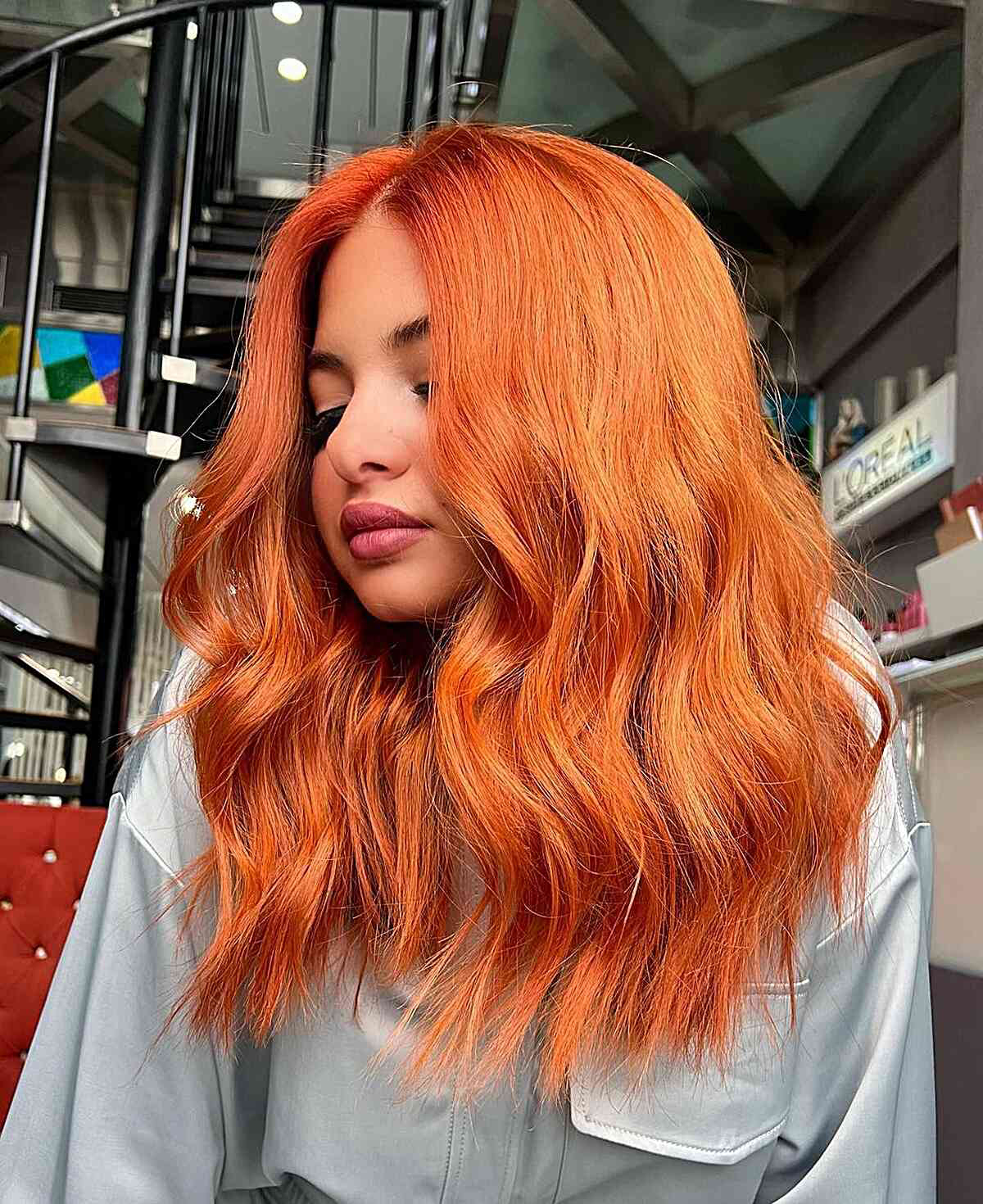
For a sheer, luminous tint: The Wella Professionals Color Fresh Mask in

- Seal the hair cuticle, locking in precious copper molecules.
- Reduce fading caused by high temperatures.
- Preserve the vibrancy and shine of your color for weeks longer.
The secret? Finish your shower with a 30-second cold water rinse. It might feel shocking at first, but this simple trick is a non-negotiable for anyone serious about maintaining their fiery hue.
Less than 2% of the world’s population are natural redheads, making it the rarest hair color on Earth.










